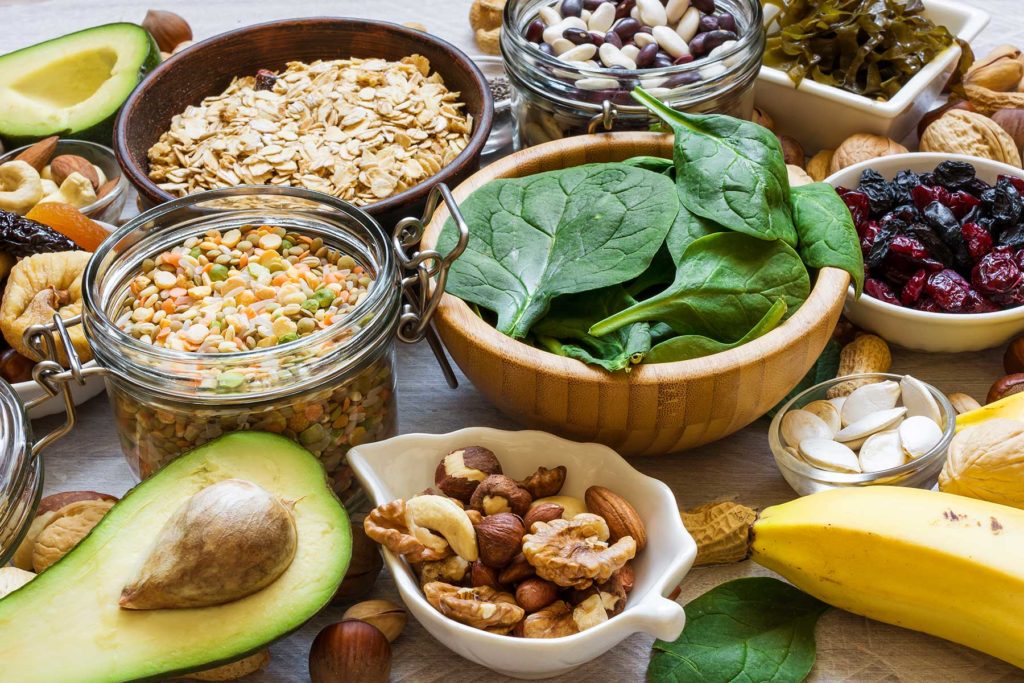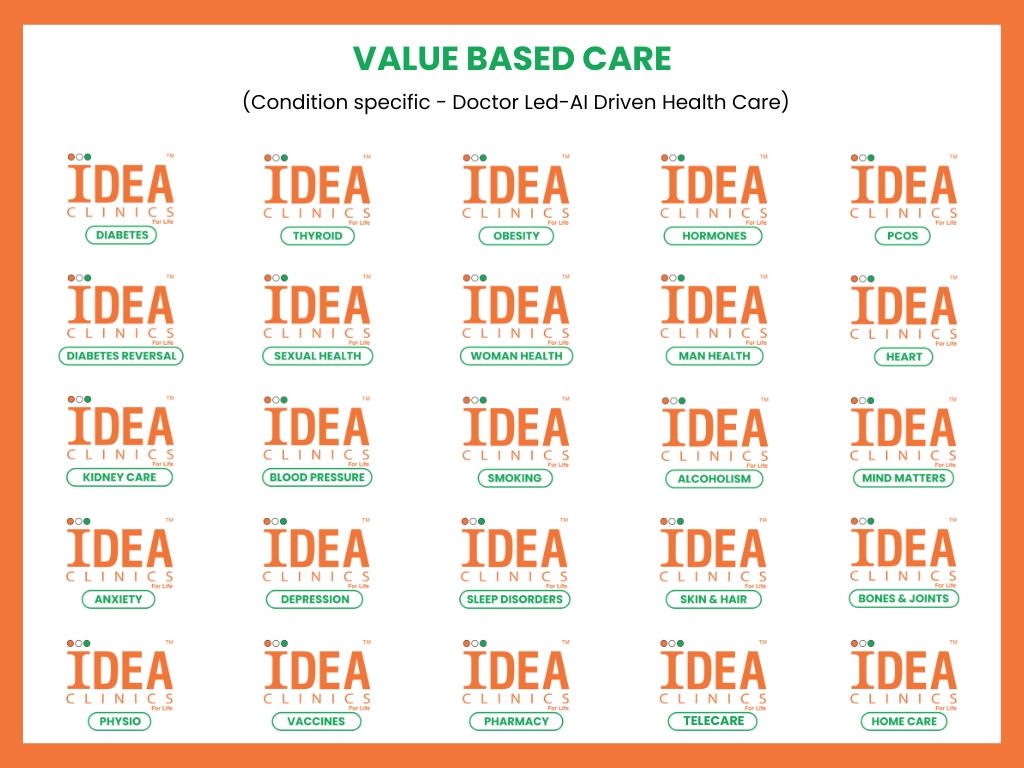All patients with kidney failure should follow strict diet to avoid complications and death. If on dialysis, the restrictions will be minimal. The key is to eat good, healthy food at small intervals. Have small, light meals five to six times a day.
Potassium
- Potassium is a very important mineral for the body. It controls the functioning of the nerves and the muscles, importantly the heart. If the High potassium can cause irregular heartbeats, heart failure and sudden death. It is therefore, very important to restrict foods that contain high levels of Potassium.
- Fruits generally contain high Potassium levels. Many vegetables also contain high potassium. Vegetables can be soaked to remove a lot of the potassium.
- Peel and place the vegetable in water and cut the vegetable into thin cubes or slices.
- Soak the diced vegetable in warm water for at least 4 hours. Alternatively dice and put in cold water overnight. You may change the water in the morning and leave it for soaking for another 2 hours. Cook vegetable with five times the amount of water to the amount of vegetable and drain the water.
- If you really want to eat some fruit, do so just before dialysis so that it will get dialysed out and potassium is removed easily during dialysis.
Normal Potassium Value: 3.5 to 5.1 mmol/l
Foods high in Potassium: Mango, Banana, Sapota (chikoo), Coconut, Potatoes, Tomatoes, Palak, Dry fruits, Chocolates, Fruit juices etc,
Foods low in Potassium: Cabbage, Cauliflower, Cucumber, Carrots, Beans, , Apples, Grapes, Pineapple, Watermelon, Rice, Wheat, Dals etc
Sodium
- Sodium is an important electrolyte present in the body. Sodium helps in regulation of blood pressure and blood volume, to transmit impulses for nerve function and muscle contraction and to regulate the acid-base balance of the blood and body fluids.
- Consuming too much sodium can be harmful for the body especially for people with kidney disease since the kidneys are not able to filter the excess sodium from the body. Excess sodium in the body can cause high Blood Pressure, edema (swelling in the legs, hands and face), shortness of breath and heart failure.
- People with kidney disease should restrict the amount of sodium in their food. Common salt used in the food is a major source of Sodium in the food.
Normal Sodium: 135 to 145 mEq/l
Foods high in Sodium: Breads, Biscuits, Butter, Processed foods, Cheese, soft drinks, Chips, Pickles, Papad
Foods low in Sodium: Fresh foods, Fresh vegetables, Herbs and spices, Poha, Paneer, fruits etc
Phosphorus
- Phosphorus is a mineral which is present in almost all foods we eat. Phosphorus is essential for the production and storage of energy in the human body. Our body requires phosphorus to use vitamins and minerals. Phosphorus along with calcium is vital for the formation of strong bones and teeth.
- Normal kidneys filter the excess phosphorus and maintain the needed balance of phosphorus in the blood. Dialysis can remove some phosphorus but cannot remove all of the excess phosphorus in the body. Since dialysis alone cannot manage levels of phosphorous, managing what you eat becomes all the more important. Otherwise, there can be raised blood levels of phosphorus.
High levels of phosphorus in the blood can cause renal bone disease, make the skin itch, thicken and calcify the arteries, heart etc.
Normal Phosphorus: 2.5 to 4.5 mg/dl
Foods high in Phosphorus :Milk, Paneer, tofu, cheese,Curd, Chicken, eggs, fish, Cola drinks, Chocolate, Nuts, Soya, Oats
Foods low in Phosphorus : Fresh foods, Fresh vegetables, White bread
Fluids
- Kidneys remove excess fluid from the body. When the kidneys are not functioning adequately, the excess fluid leads to edema (or swelling of the feet and hands) and it can also cause breathlessness because the excess fluid gets into lungs. This excess fluid can only be removed by dialysis.
- However, the amount of fluid that can be removed during dialysis is limited and is roughly around 400 ml of fluid per hour. Above that can cause unpleasant symptoms such as cramps, low Blood Pressure etc. It is therefore important to restrict the quantity of fluid consumed.

Tips to reduce Fluid Intake
The idea is to not think about fluids. Stay busy. Work, full time if possible. If you’re not working, take up a hobby. Watch a movie. When the mind is not thinking about fluids, half the battle is won.
– Never gulp down fluid. Always sip it. Relish every sip.
– Drink fluids other than water. It is easy to have a large amount of water. It is less easy to have the same amount of fresh lime juice, for example.
– Have very cold or hot fluids. This again helps in reducing the amount consumed because you cannot gulp down a large amount quickly. You can only sip it.
– Reduce the amount of salt. More salt = more thirst.




